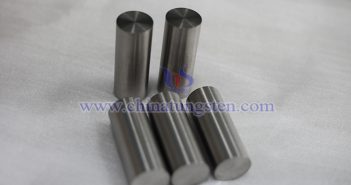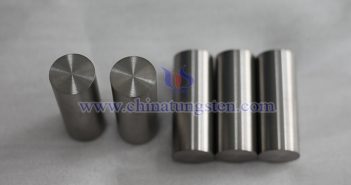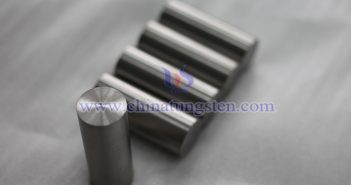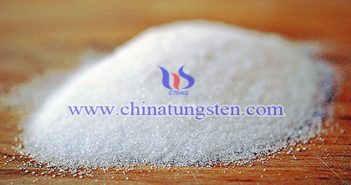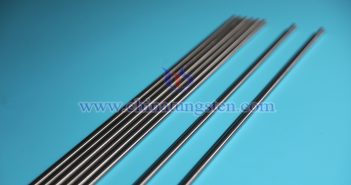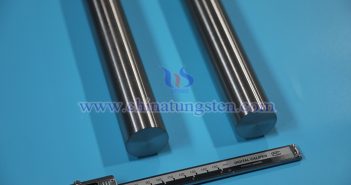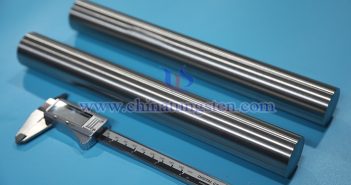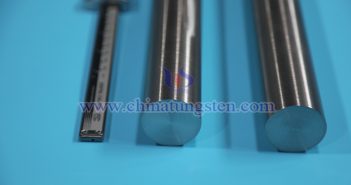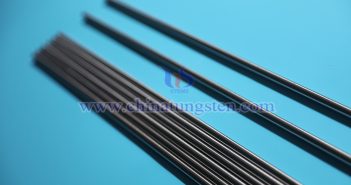
Phosphorus element, as a typical harmful impurity in tungsten-nickel-iron alloy, is typically controlled to below 0.01%. Even in trace amounts, it influences the alloy’s mechanical properties, corrosion resistance, and processing stability through grain boundary segregation and compound precipitation. I. Forms of Phosphorus in Tungsten-Nickel-Iron Alloy Comprising tungsten particles and a nickel-iron binder phase, tungsten-nickel-iron alloy contains phosphorus in three primary forms: Solid Solution: A small amount of phosphorus can dissolve into the nickel-iron binder phase. Compound State: Excess phosphorus forms…

